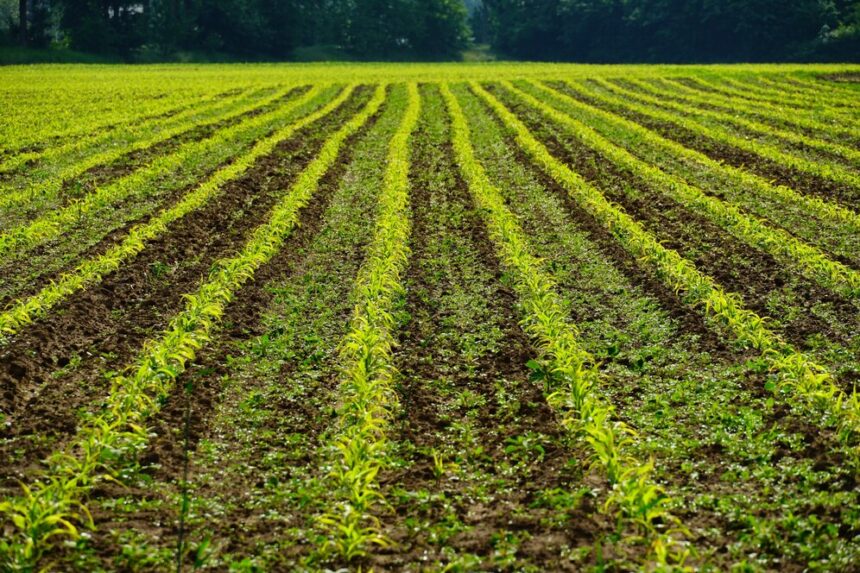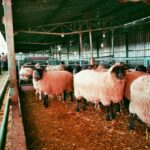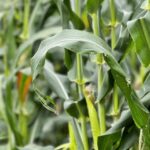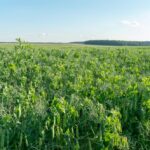No-till farming, also known as zero tillage, is an agricultural technique where the soil is left undisturbed from harvest to planting. Unlike conventional farming methods that involve ploughing and turning the soil, no-till farming minimizes soil disturbance, helping to maintain soil structure and health. In South Africa, where soil degradation, erosion, and water scarcity are common challenges, no-till farming offers a range of environmental and economic benefits.
Improved Soil Structure and Health
One of the primary benefits of no-till farming is the preservation of natural soil structure. When soil is not turned over, it retains its layers and pore spaces, allowing for better root development and microbial activity. Beneficial organisms such as earthworms, fungi, and bacteria thrive in undisturbed soil, contributing to nutrient cycling and soil fertility. In South Africa’s semi-arid regions, this improved soil health can result in higher long-term productivity.
Reduced Soil Erosion
South African soils are particularly vulnerable to erosion, especially on sloped or degraded lands. No-till farming helps combat erosion by keeping crop residues on the soil surface. These residues act as a protective cover, reducing the impact of raindrops and wind, which can dislodge topsoil. Over time, this reduces the loss of valuable organic matter and nutrients, maintaining the soil’s productivity.
Water Conservation
In a country where water is a scarce and critical resource, conserving moisture is essential for sustainable farming. No-till practices enhance the soil’s ability to retain water. The mulch from crop residues reduces surface evaporation and allows rainwater to infiltrate more effectively. This is particularly beneficial for dryland farmers who rely on natural rainfall rather than irrigation.
Carbon Sequestration and Climate Benefits
No-till farming plays a role in mitigating climate change by increasing the amount of carbon stored in the soil. When the soil is left undisturbed, organic matter from decomposed plant residues is incorporated into the soil over time. This carbon storage reduces the amount of carbon dioxide in the atmosphere and contributes to healthier, more stable soils. South African farmers adopting no-till methods are not only improving their land but also contributing to global carbon reduction efforts.
Lower Fuel and Labour Costs
By eliminating the need for ploughing and other soil-preparation activities, no-till farming reduces fuel consumption and machinery wear. This can significantly lower production costs, particularly for smallholder farmers. Reduced tractor usage also means fewer greenhouse gas emissions from farm operations, aligning with sustainable agriculture goals.
Better Soil Biodiversity
Undisturbed soils support a wide range of organisms that contribute to a healthy ecosystem. No-till practices help maintain this biodiversity by preserving habitats and food sources for soil organisms. A diverse soil biology improves nutrient availability, disease resistance, and overall crop health. In South African soils that have suffered from years of intensive tillage, no-till farming can help regenerate lost biodiversity.
Enhanced Crop Resilience
Crops grown under no-till systems often show better resilience to drought and extreme weather conditions. The improved soil structure, moisture retention, and nutrient availability create a more stable environment for crop growth. In regions of South Africa affected by erratic rainfall patterns, this increased resilience is crucial for ensuring consistent yields.
No-till farming offers a sustainable and cost-effective alternative to conventional tillage, with multiple benefits for South African soils. By improving soil health, reducing erosion, conserving water, and lowering input costs, no-till farming contributes to long-term agricultural productivity and environmental sustainability. As more South African farmers adopt this practice, the country can move closer to achieving food security while restoring and preserving its precious soil resources.
Join 'Farmers Mag' WhatsApp Channel
Get the latest Farming news and tips delivered straight to your WhatsApp
CLICK HERE TO JOIN






